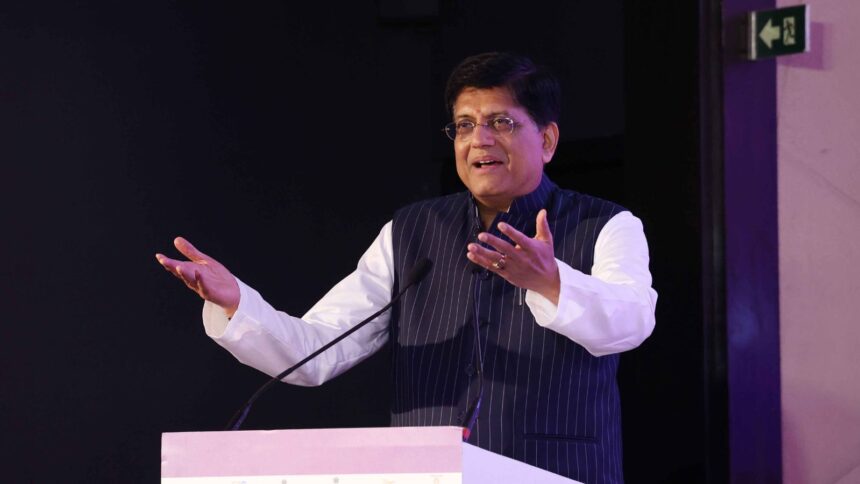INDIA IS likely to sign an interim trade deal with the US by July 8, when the 90-day pause window ends and reciprocal tariffs kick in. This, a government official said, will ensure New Delhi averts the 26 per cent retaliatory tariff imposed by the US on Indian goods.
The confidence comes following Commerce and Industry Minister ’s , aimed at giving fresh impetus to the ongoing trade talks. The Indian delegation’s visit was days after the United States and China agreed to dramatically de-escalate trade tensions and sign an agreement to reduce tariffs on each other.
“Talks are progressing positively. We are looking to conclude an interim deal before the first tranche (of tariffs) takes effect on July 8. It will cover goods, non-tariff barriers, and select areas of services, including digital trade. We are working to ensure that the 26 per cent additional duty and possibly the 10 per cent baseline tariff do not apply to India,” the official said.
However, another official said that 10 per cent tariffs are likely to remain in place. Notably, the US chose to keep the 10 per cent baseline tariffs under its trade agreement with the UK, despite Washington having a trade surplus in goods.
The official said India is seeking tariff concessions for its labour-intensive sectors, such as textiles and leather. However, any reduction in tariffs below the MFN (most favoured nation) rates would require approval from the US Congress under the current American trade laws.
During the Indian delegation’s visit, Goyal met US Trade Representative (USTR) Jamieson Greer and US Commerce Secretary Howard Lutnick. In a post on social media platform X, Goyal said he had held productive discussions with the US Commerce Secretary to expedite the first tranche of the bilateral trade agreement.
According to a Bloomberg report, India is negotiating a US trade agreement in three tranches and expects to finalise the interim deal before July, when President ’s reciprocal tariffs are scheduled to come into effect.
The interim deal is expected to cover areas including market access for industrial goods, certain agricultural products, and the easing of non-tariff barriers such as quality control standards being imposed by India, the agency reported.
To boost bilateral trade, India is seeking tariff concessions for sectors including textiles, gems and jewellery, leather goods, garments, plastics, chemicals, shrimp, oilseeds, grapes, and bananas in the proposed agreement.
The US is demanding lower tariffs in areas such as certain industrial products, automobiles (particularly electric vehicles), wines, petrochemicals, dairy, and agricultural goods like apples, tree nuts, and genetically modified (GM) crops.
Earlier on May 15, US President Donald Trump said he had told CEO Tim Cook that he does not want the company to expand its manufacturing operations in India, unless the output is intended for the domestic market. He further claimed that India had “offered to drop all tariffs” on US goods.
“I had a little problem with Tim Cook yesterday. I said, ‘Tim, you’re my friend. I’ve treated you very well. You’re coming here (to the US) with a $500 billion announcement, and now I hear you’re building all over India. I don’t want you building in India unless it’s to serve the Indian market, because India is one of the highest tariff nations in the world’,” Trump said following a meeting with business leaders during the US-Qatar economic dialogue.








